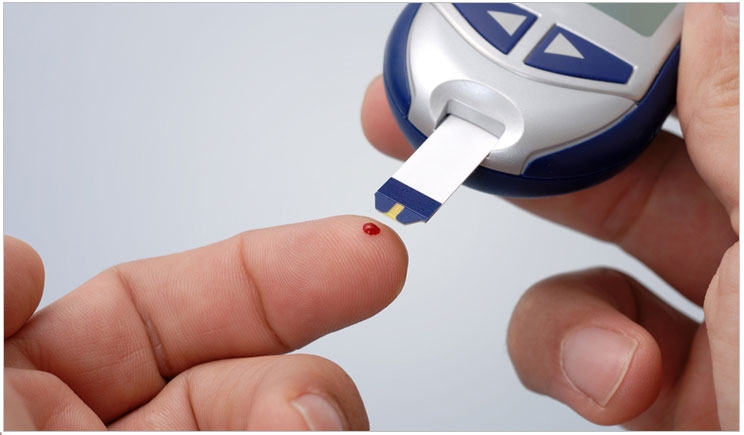
There is a bidirectional relationship between diabetes and periodontitis: one can lead to the other, and when both occur, they can make each other worse. And while care has improved for each disease, they still lead to significant numbers of tooth loss, according to a study from the Centers for Disease Control and Prevention.
The researchers examined 9 waves of the National Health and Nutrition Examination Survey from 1971 through 2012, involving 37,609 dentate adults aged 25 or older who were interviewed and examined, including oral examinations. While about half of adults in the United States have periodontal disease, the prevalence of periodontal disease among adults with diabetes is even higher.
“The diabetes can cause the inflammation of the periodontal disease. It’s harder to heal and cure,” said Huabin Luo, PhD, assistant professor at the East Carolina University Brody School of Medicine department of public health and one of the study’s authors. “On the other hand, the patient has periodontal disease, so there’s infection and inflammation, and they are going to cause a problem for glycemic control.”
From 1971 to 2012, the number of missing teeth among adults with diabetes decreased from 11.2 to 6.6. During the same period, the number of missing teeth among nondiabetics decreased from 9.4 to 3.4. Also, the rate of functional detention increased from 38.6% in 1971 to 68.8% in 2012 among diabetics and from 52.3% to 86.6% among nondiabetics. Overall, adults with diabetes face 1.5 times the odds of having at least one tooth removed as adults of the same age without diabetes.
“Regardless of diabetes status, the number of teeth lost is decreasing,” Luo said. “It’s because of medical technology. We have better treatment. We have better access to dentists. At the same time I also think it’s because of dental hygiene and water fluoridation.”
“Also, dental practice used to be, if you had any problems, you extracted the tooth,” said Bei Wu, PhD, lead author and the Pauline Gratz Professor of Nursing and Director for International Research at the Duke University School of Nursing. “Now, how about we retain those teeth? Today there are more dental products and dental technologies that enable us to do that.”
Compared to non-Hispanic whites, non-Hispanic blacks showed higher risk for tooth loss, and Mexican Americans showed lower risk. Also, non-Hispanic blacks with diabetes had the lowest rates of functional dentition. Historically, according to the researchers, non-Hispanic blacks have faced challenges in obtaining proper dental care because of a lack of dental services and dental knowledge.
The researchers believe the study can provide important information for future oral health policy and intervention programs. They cite the need for targeted initiatives to improve health literacy among diabetics, particularly among minority populations. Diabetics also need better access to dental care: only 65.8% of diabetics have seen a dentist in the previous 12 months, compared to 73.1% of nondiabetics.
In fact, dentists may spot diabetes before the patient is aware of it. General physicians also can advise their patients with diabetes to see their dentists to ensure better oral care.
“If you are a dentist, and you check the mouth of a patient with periodontal disease—inflammation, blotting—you can refer the patient to a primary care physician to check out whether they have diabetes or not,” said Luo. “The patient does not maintain good oral health hygiene and at the same time the patient has diabetes, and that complicates diabetes management. It’s going to cause a lot of complications.”
“Primary care physicians can make stronger referrals for those individuals with diabetes,” said Wu. “These physicians will say, ‘How about you go to an eye doctor? How about you go to a foot doctor?’ But what about dentists? I think they need to emphasize more about clean teeth and clean gums. That kind of message.”
The study, “Forty-Year Trends in Tooth Loss Among American Adults With and Without Diabetes Mellitus: An Age-Period-Cohort Analysis,” was written by Huabin Luo, PhD; Wei Pan, PhD; Frank Sloan, PhD; Mark Feinglos, MD; and Bei Wu, PhD.
Related Articles
CHGA Linked to Both Diabetes and Periodontitis
Gum Disease Causes Linked to Type 2 Diabetes
Saliva Test May Uncover Deadly Diseases











